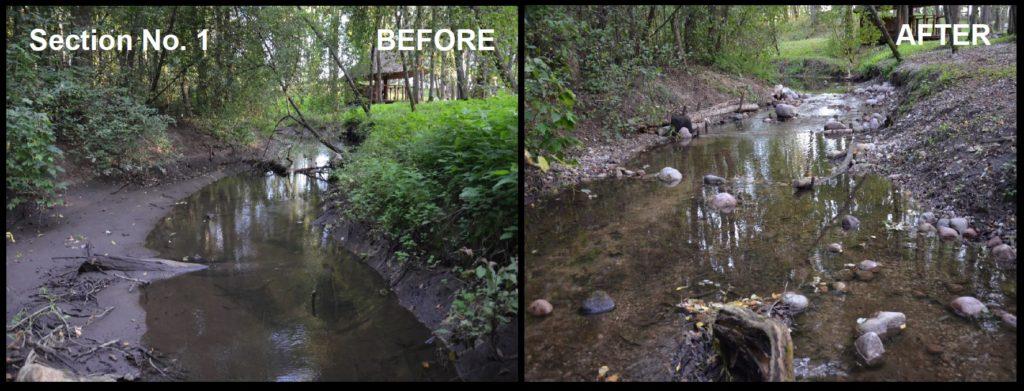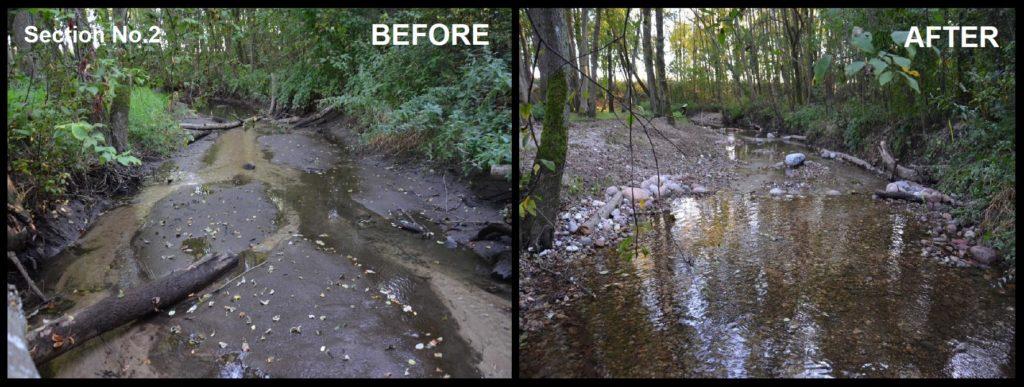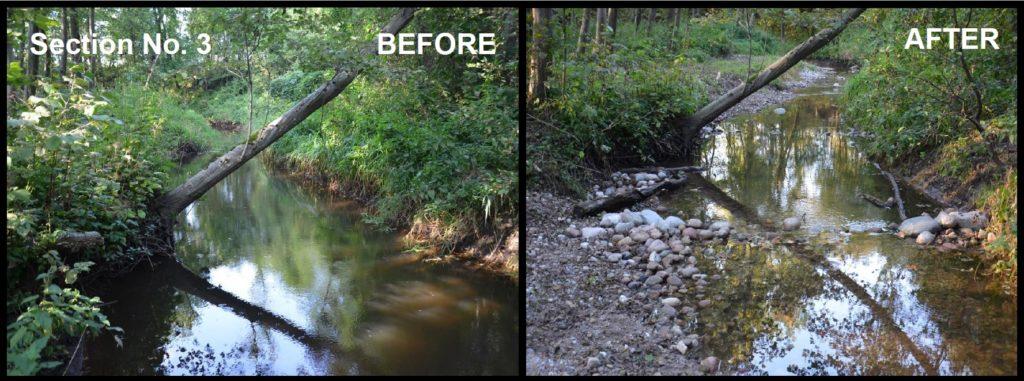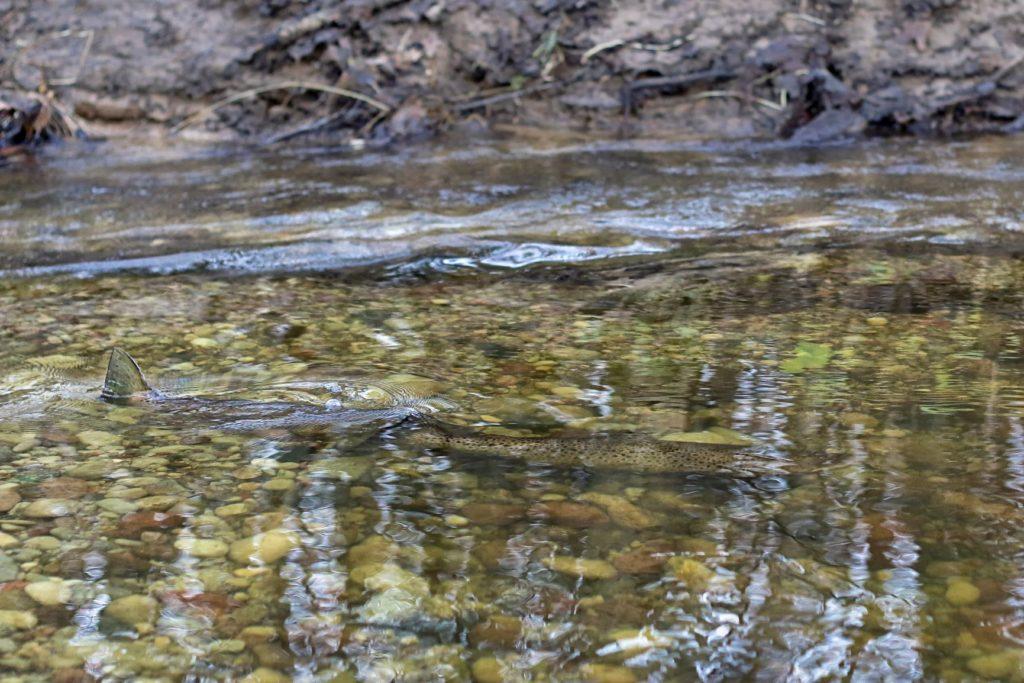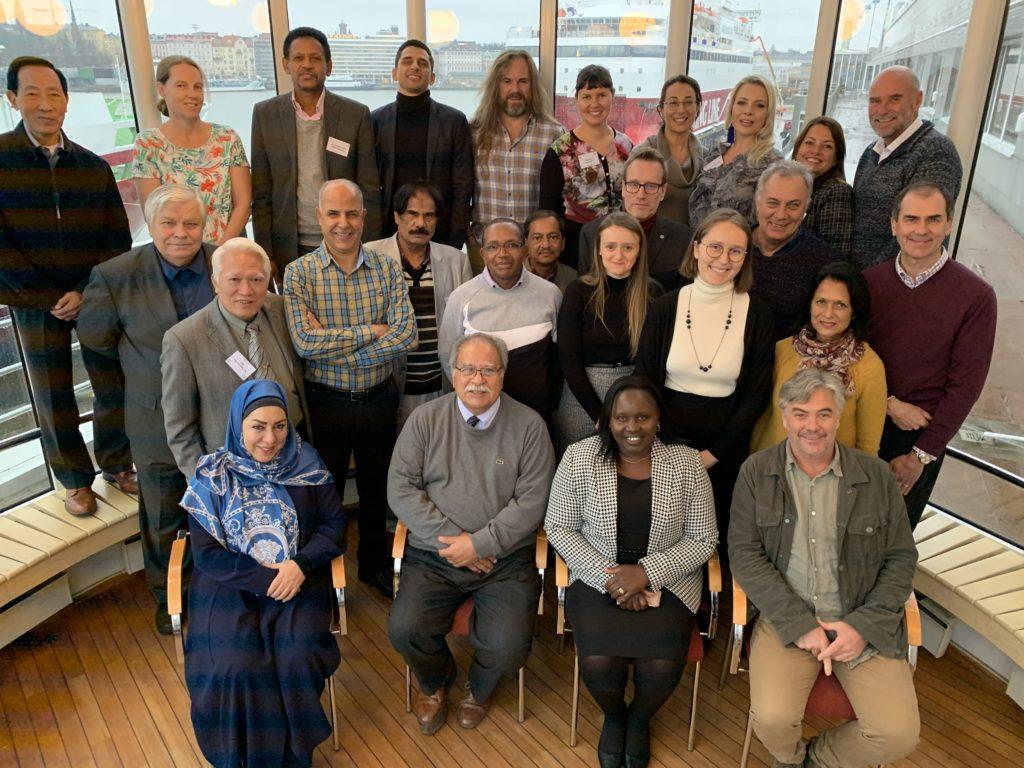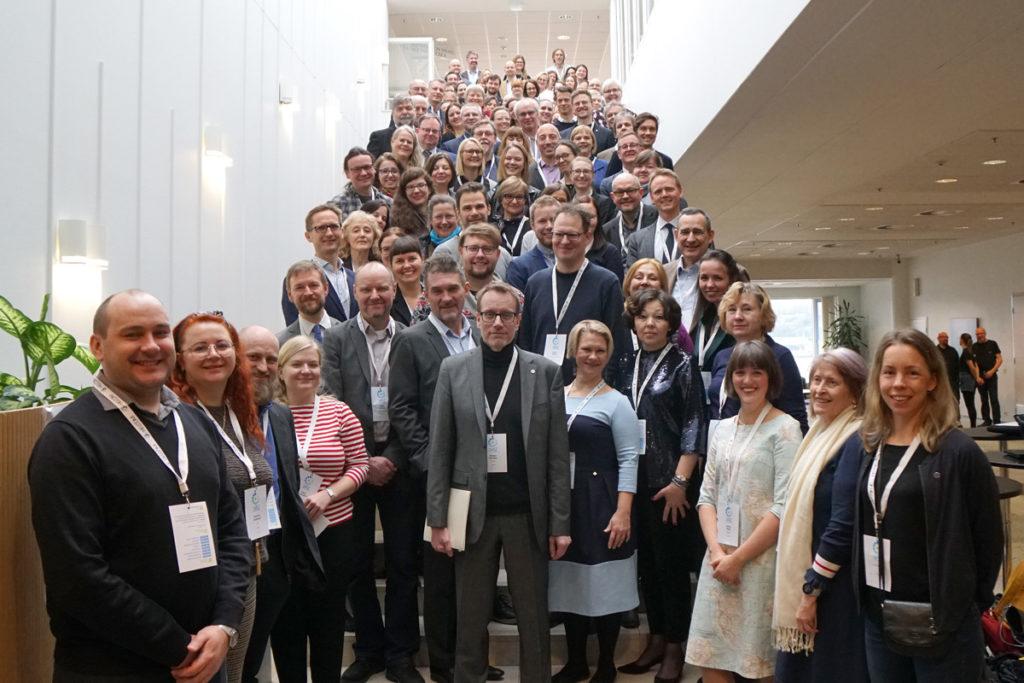
Concrete actions for a healthier Baltic Sea were proposed in Helsinki this week during the HELCOM Stakeholder Conference 2020 that aimed at gathering feedback from stakeholders on the Baltic Sea Action Plan (BSAP), HELCOM’s strategic programme of actions, which is due to be updated by 2021.
A total of 49 new actions to be considered for inclusion in the updated BSAP were voiced during the conference, touching upon a variety of topics such as hazardous substances, marine litter, shipping and other sea-based activities, as well as eutrophication and biodiversity.
Climate change was also heavily emphasized during the conference, as was the issue of implementation of BSAP actions at the national level, where stakeholders felt more progress should be made. Better collaboration between ministries and authorities also featured highly on the participants’ wish list, along breaking “thinking in silos” in favour of a more holistic view of protection of the marine environment of the Baltic Sea.
The conference, titled “For a sustainable Baltic Sea: The Baltic Sea Action Plan beyond 2021”, and that attracted over 120 participants from different organisations such as governments, NGOs, academia and industry, was a direct result of the decision recorded in the HELCOM Ministerial Declaration 2018 to include stakeholders in the BSAP update process.
According to the declaration, the BSAP update should “be strongly communicated with stakeholders, enable knowledge sharing between science and policy across all levels, be developed in a participatory and transparent way at the regional and local levels, including all appropriate stakeholders.”
Although its environmental objective to each good environmental status by 2021 is unlikely to be achieved, the BSAP remains one of the most effective instruments for a healthy Baltic.
“No other plan or programme offers the same long-term vision and strategic orientation, the same agreement on a holistic set of science-based actions and measures for a healthy Baltic Sea, the same regional and cross-sectoral acceptance,” said Rüdiger Strempel, the Executive Secretary of HELCOM, during the conference.
It is expected that the update of the BSAP will include considerations on climate change, marine litter, pharmaceuticals, underwater noise, and loss and disturbance of seabed, among other pressures. Based on the existing plan, the update will maintain at least the same level of ambition and include all actions and measures from that plan that have not been implemented yet.
The proposed actions gathered from the Stakeholder Conference will now be forwarded to the relevant HELCOM working groups for further consideration and possible additional development within HELCOM and the BSAP update processes.



